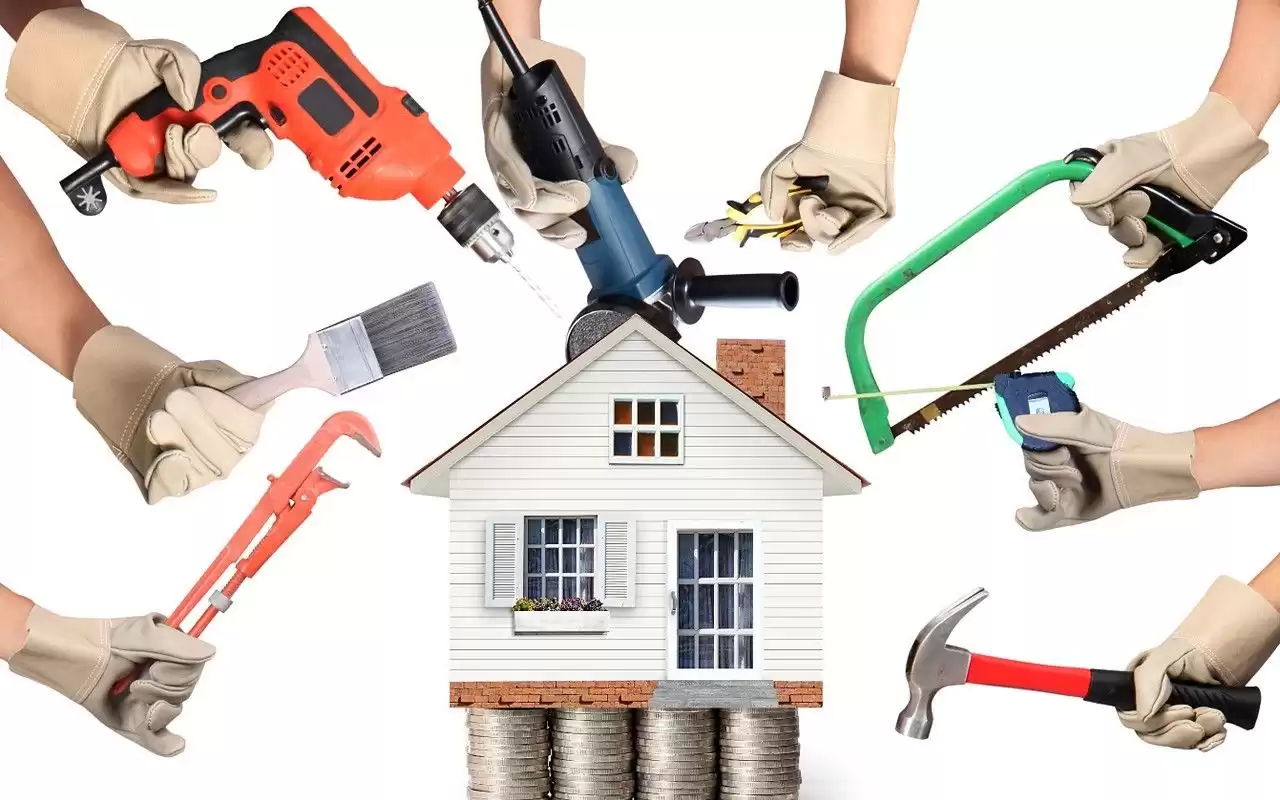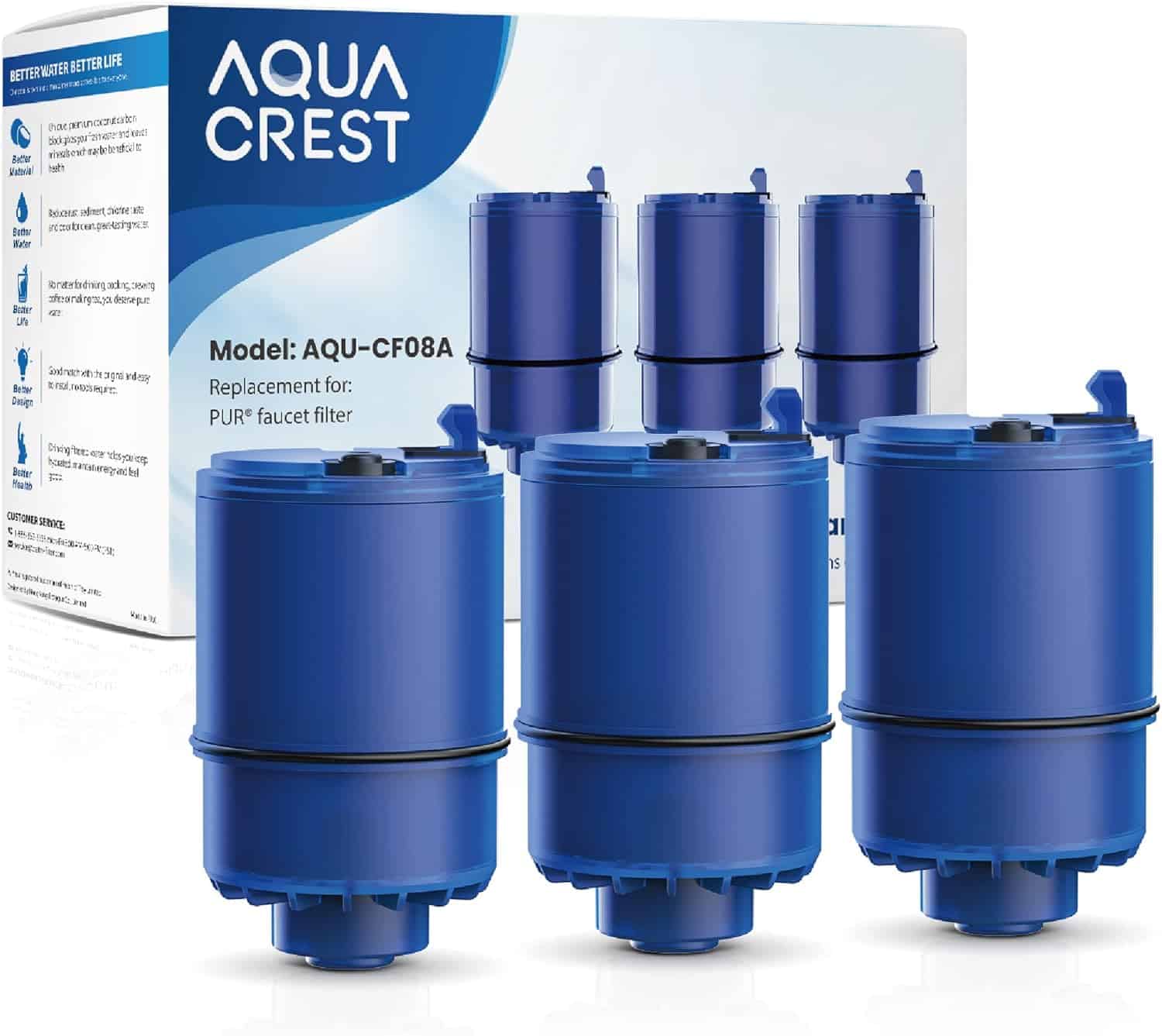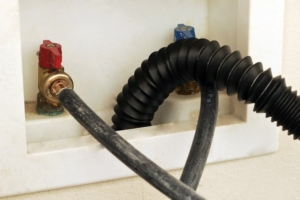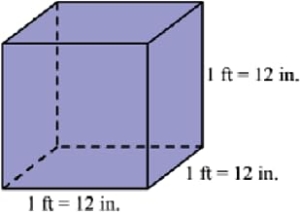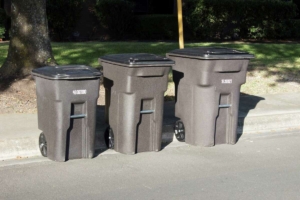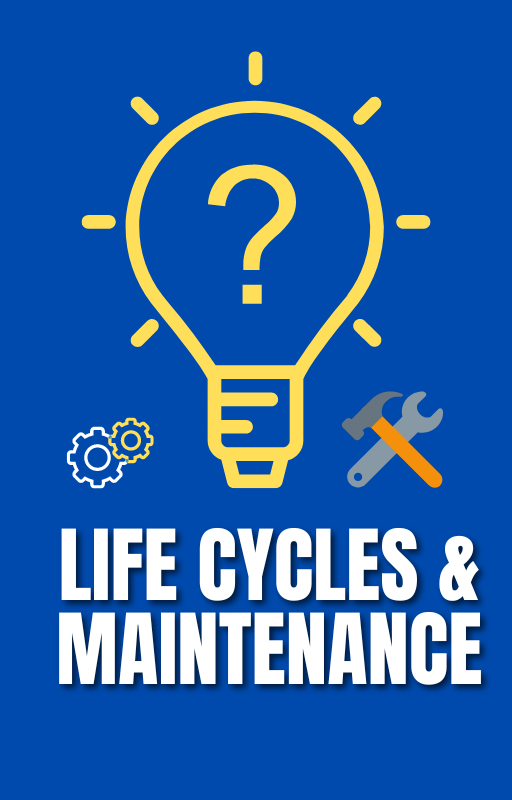The Hidden Culprit: Dirty Evaporator Coils
and How to Maintain Them
As a seasoned home inspector, I have come across a common issue that plagues many homes: dirty evaporator coils. These vital components of an air handler play a crucial role in maintaining indoor comfort and air quality. However, when neglected, they can become a breeding ground for problems ranging from decreased energy efficiency to potential health hazards. In this blog, we will explore the function of evaporator coils, the consequences of neglecting their maintenance, and effective ways to keep them clean.
Understanding Evaporator Coils:
Evaporator coils are an essential part of an air conditioning system or heat pump. Located within the air handler unit, these coils play a pivotal role in the cooling or heating process. Their primary function is to absorb heat from the indoor air and facilitate the exchange of hot and cold air. As warm air passes over the evaporator coils, the refrigerant inside absorbs the heat, causing the air to cool down. The cooled air is then circulated back into the living spaces, providing a comfortable environment.
The Consequences of Dirty Evaporator Coils:
Over time, the evaporator coils can accumulate dust, dirt, and debris from the air. This build-up creates a barrier, hindering the transfer of heat between the coils and the air. As a result, several issues can arise:
1. Reduced Energy Efficiency: When the evaporator coils are clogged, they struggle to absorb heat efficiently, forcing the air conditioning or heating system to work harder and consume more energy. This can lead to higher utility bills and decreased overall efficiency.
2. Inadequate Cooling or Heating: Dirty coils impede the heat exchange process, resulting in insufficient cooling or heating. You may notice uneven temperatures, reduced airflow, or your system constantly running without achieving the desired comfort level.
3. Increased Wear and Tear: The extra strain on the system due to dirty coils can accelerate wear and tear on various components, including the compressor, fan motor, and other vital parts. This can lead to costly repairs or even premature system failure.
4. Poor Indoor Air Quality: As the evaporator coils become dirty, they become a breeding ground for mold, bacteria, and other contaminants. These harmful substances can be circulated into your home, causing respiratory issues, allergies, or other health concerns.
Maintaining Clean Evaporator Coils:
To avoid the aforementioned problems and ensure the optimal performance of your air conditioning or heat pump system, regular maintenance of the evaporator coils is crucial. Here are some effective steps to maintain clean coils:
1. Regular Cleaning: Schedule annual or bi-annual professional HVAC maintenance, which should include cleaning the evaporator coils. Trained technicians have the expertise and equipment to safely remove dirt and debris without causing damage.
2. Change Air Filters: Regularly replace or clean your air filters every 1-3 months, depending on usage. Clean filters prevent excessive debris from reaching the evaporator coils, reducing the build-up and improving system efficiency.
3. Keep Surrounding Area Clean: Keep the area around the air handler clean and free from dust, dirt, and obstructions. This helps prevent unnecessary debris from entering the system and accumulating on the coils.
4. Maintain Good Ventilation: Ensure proper airflow by keeping vents and registers unobstructed. Good ventilation helps reduce the accumulation of dust and contaminants on the evaporator coils.
5. Consider UV Lights: Installing ultraviolet (UV) lights near the evaporator coils can help inhibit the growth of mold and bacteria, reducing the chances of contamination.
Guide to Clean Your Dirty Evaporator Coils
Cleaning evaporator coils can be a complex task that requires proper knowledge and tools. While it’s generally recommended to hire a professional HVAC technician for the job, if you’re confident in your abilities and comfortable working with HVAC systems, you can follow these general steps to clean your evaporator coils yourself:
Note: Before starting, ensure that the power to the HVAC system is turned off to prevent any accidents.
1. Gather the necessary tools:
– Screwdriver (if required to access the air handler)
– Soft brush or nylon bristle brush
– Vacuum cleaner with a brush attachment
– Fin comb (if needed)
– Coil cleaner solution (specifically designed for evaporator coils)
– Gloves
– Safety glasses
– Towels or plastic sheeting to protect the surrounding area from any drips or spills
2. Access the air handler:
– Depending on your HVAC system, you may need to remove a panel or access door to reach the evaporator coils. Use a screwdriver or follow the manufacturer’s instructions to gain access safely.
3. Inspect the coils:
– Take a close look at the evaporator coils to assess their condition. Look for any visible dirt, debris, or signs of mold growth.
4. Brush and vacuum:
– Use a soft brush or nylon bristle brush to gently loosen any dirt or debris from the coils. Be careful not to bend the delicate fins. Use a vacuum cleaner with a brush attachment to remove the loosened dirt and debris.
5. Fin comb (if needed):
– If you notice bent or misaligned fins on the coils, carefully straighten them using a fin comb. Follow the instructions on the comb and be gentle to avoid damaging the fins.
6. Clean with a coil cleaner solution:
– Follow the instructions on the coil cleaner solution carefully. Typically, you will need to spray the cleaner onto the coils, ensuring full coverage. Allow the cleaner to sit for the recommended time (usually a few minutes) to break down any stubborn dirt or contaminants.
7. Rinse the coils:
– After the recommended time, rinse the coils thoroughly with water. You can use a spray bottle or a gentle stream of water from a hose. Ensure that the water pressure is not too high, as it can damage the coils.
8. Allow the coils to dry:
– Let the coils air dry completely before reassembling the air handler. You can use a fan or wait for a few hours to ensure they are fully dry.
9. Reassemble and restore power:
– Once the coils are dry, reattach any panels or access doors you removed to access the evaporator coils. Ensure they are securely fastened. Turn the power back on to the HVAC system.
10. Perform a test run:
– Switch on your HVAC system and observe the performance. Check for proper airflow, cooling or heating, and listen for any unusual noises. Monitor your system over the next few days to ensure it is operating efficiently.
Remember, these steps provide a general guideline, but each HVAC system may have specific requirements or considerations. If you’re unsure or uncomfortable with any step, it’s always best to consult with a professional HVAC technician for assistance.
Dirty Evaporator Coils Frequently Asked Questions
1. What is an evaporator coil?
– An evaporator coil is a component of an air conditioning system or heat pump that is responsible for absorbing heat from the indoor air, allowing for cooling or heating of the living spaces.
2. Why do evaporator coils get dirty?
– Evaporator coils can accumulate dirt, dust, and debris from the air over time. This build-up occurs as the air passes through the coils, and the particles settle on the coil’s surface.
3. How often should evaporator coils be cleaned?
– It is recommended to have evaporator coils cleaned at least once a year as part of regular HVAC maintenance. However, in environments with higher levels of dust or if you have pets, more frequent cleaning may be necessary.
4. Can I clean evaporator coils myself?
– Cleaning evaporator coils can be a delicate task and requires proper knowledge and equipment. It is generally recommended to hire a professional HVAC technician to ensure safe and effective cleaning.
5. What happens if I don’t clean my evaporator coils?
– Neglecting evaporator coil maintenance can lead to reduced energy efficiency, inadequate cooling or heating, increased wear and tear on the system, and poor indoor air quality due to mold and bacteria growth.
6. How can I tell if my evaporator coils are dirty?
– Signs of dirty evaporator coils include reduced airflow, uneven cooling or heating, longer cooling or heating cycles, increased energy bills, and visible mold or debris on the coils.
7. How do I maintain good ventilation around the evaporator coils?
– To maintain good ventilation, ensure that vents and registers are unobstructed and free from dust or debris. Keep the area around the air handler clean and remove any potential obstructions.
8. How often should I change my air filters?
– Air filters should be changed or cleaned every 1-3 months, depending on usage. However, it’s best to check the manufacturer’s recommendations for your specific system.
9. Are there any additional measures I can take to keep my evaporator coils clean?
– Installing ultraviolet (UV) lights near the evaporator coils can help inhibit the growth of mold and bacteria. Regular maintenance, such as keeping the surrounding area clean and scheduling professional HVAC check-ups, also contributes to cleaner coils.
10. Can dirty evaporator coils impact indoor air quality?
– Yes, dirty evaporator coils can contribute to poor indoor air quality. The accumulation of mold, bacteria, and other contaminants on the coils can be circulated into the living spaces, potentially causing respiratory issues or allergies. Regular cleaning helps maintain a healthier indoor environment.
Remember, while these answers provide general information, it’s always best to consult with a professional HVAC technician for specific advice regarding your system.
Conclusion:
Clean evaporator coils are essential for an efficient and healthy indoor environment. Neglecting their maintenance can lead to increased energy consumption, decreased performance, and potential health risks. By understanding the role of evaporator coils, recognizing the consequences of neglect, and implementing a proper maintenance routine, you can ensure optimal system performance, energy efficiency, and improved indoor air quality. Remember, a little care goes a long way in preserving the longevity and effectiveness of your HVAC system.






